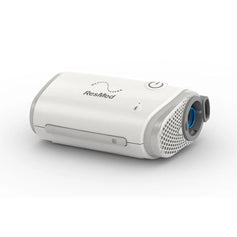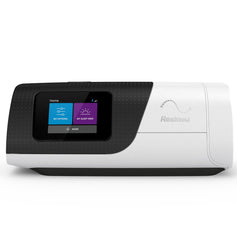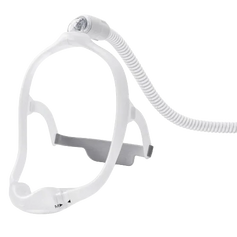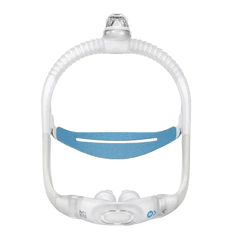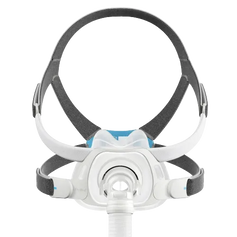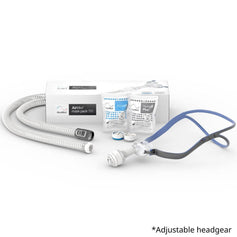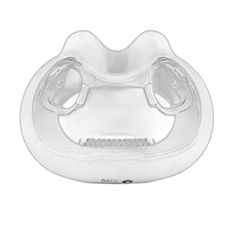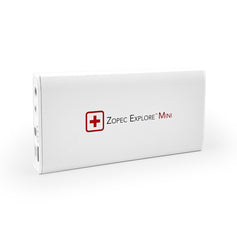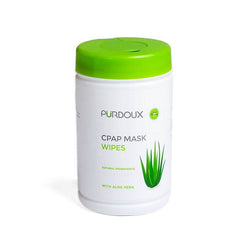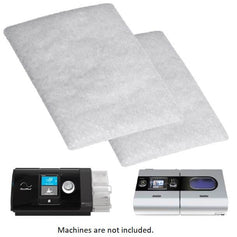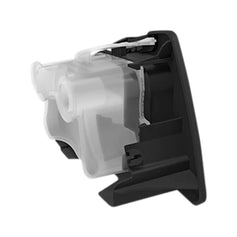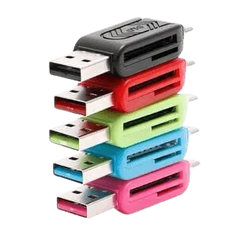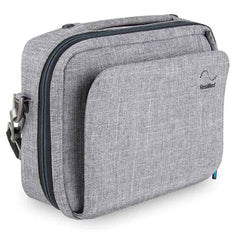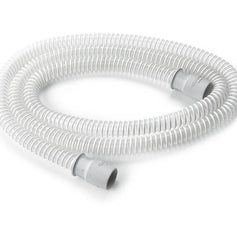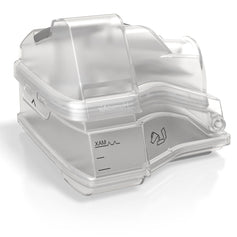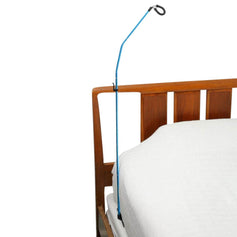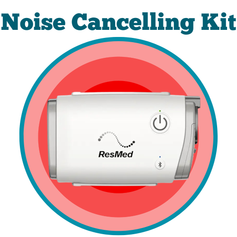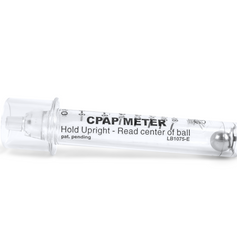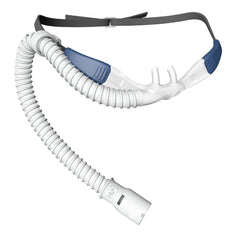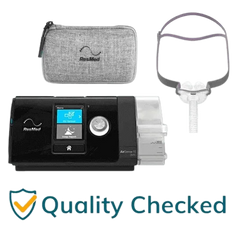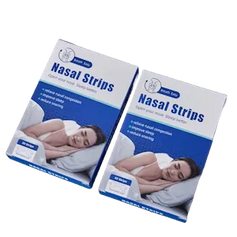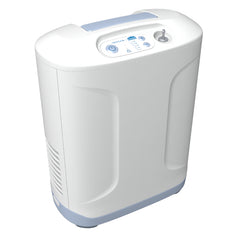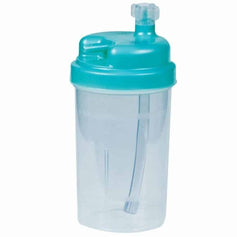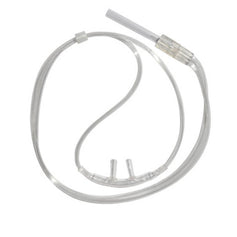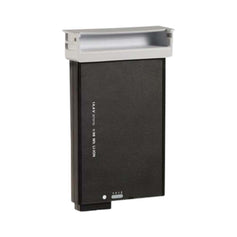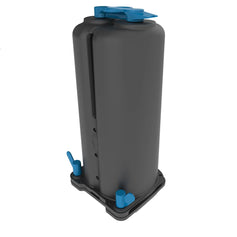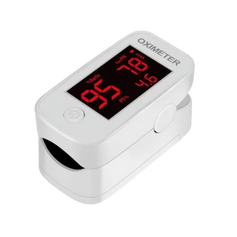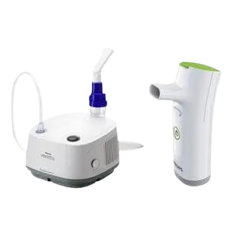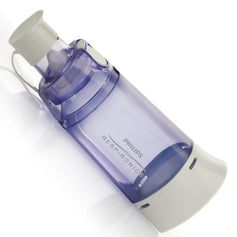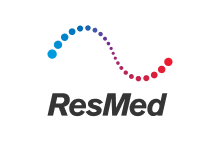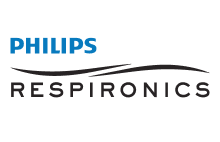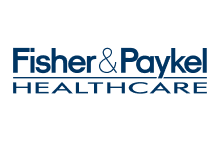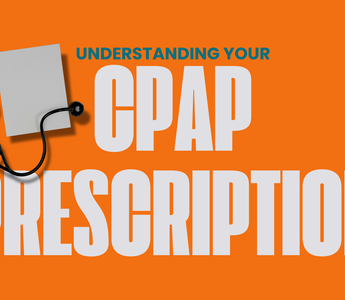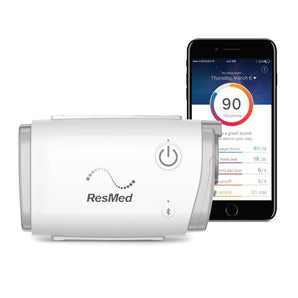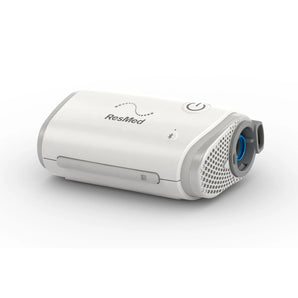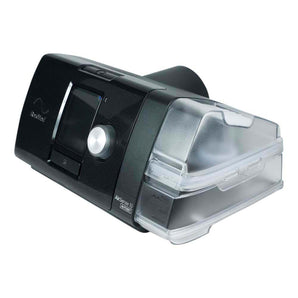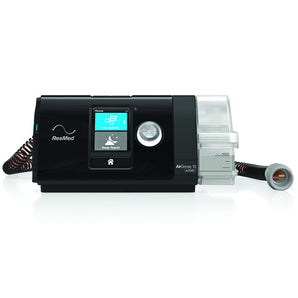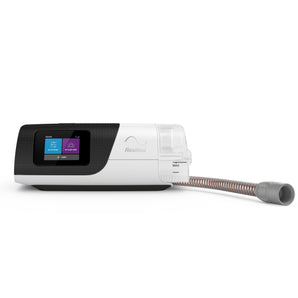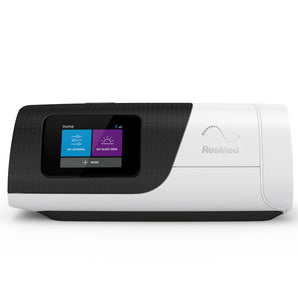If you’ve just completed a sleep study and received a prescription for a CPAP or BiPAP machine, you might be looking at it and wondering: What do all these numbers and terms mean? Don’t worry, you’re not alone.
CPAP prescriptions can look like a puzzle, especially if you’re new to sleep apnea treatment. This guide will break down the common terms, numbers, and features you’ll see on your prescription so you can understand what your doctor ordered and how it impacts your therapy.
If you don't have time to read, you can check our dedicated YouTube video here.
Basic CPAP Prescription Examples
A prescription usually looks something like this:
-
CPAP 6
-
BiPAP 15/10
-
AutoPAP (min 4, max 20)
Each part of that order tells you both the mode of therapy (CPAP, BiPAP, or AutoPAP) and the pressure settings (the numbers that follow). Let’s go through these step by step.
The Modes: CPAP, AutoPAP, and BiPAP
-
CPAP (Continuous Positive Airway Pressure)
Provides one steady pressure all night, both when you inhale and exhale. -
AutoPAP (Automated Positive Airway Pressure)
Adjusts pressure automatically within a prescribed range. You might also see this written as AutoCPAP. -
BiPAP (BiLevel Positive Airway Pressure)
Delivers two different pressures: a lower pressure when you exhale and a higher pressure when you inhale. This makes breathing easier for some patients, especially at higher pressure needs.
Understanding the Numbers: Pressure Settings
The numbers on your prescription tell you exactly what pressures your device should deliver.
-
Example: CPAP 6
Your machine will deliver 6 cmH₂O of pressure at all times. You breathe in and out against this single continuous pressure. -
Example: BiPAP 15/10
-
IPAP (Inspiratory Positive Airway Pressure): 15
-
EPAP (Expiratory Positive Airway Pressure): 10
In this case, your machine lowers the pressure as you exhale and raises it when you inhale, helping you take in deeper, easier breaths.
-
Some prescriptions may use terms like:
-
PEEP (Positive End-Expiratory Pressure) → another way of saying EPAP.
-
PS (Pressure Support) → the difference between IPAP and EPAP.
BiPAP Prescription Examples
Here’s how different doctors might write the same order:
-
BiPAP 15/10
-
BiPAP – IPAP 15 and EPAP 10
-
BiLevel – PS 5 and PEEP 10
All three mean: the patient should receive 15 on inhalation, 10 on exhalation, with a pressure support of 5.
Auto-BiPAP and Auto-BiLevel
When you see Auto added to a BiPAP prescription, it means the machine can automatically adjust pressures up and down to match your breathing needs.
Your doctor will still prescribe “guardrails” (the minimum and maximum limits for safety).
-
Example: AUTO-BiLevel, max IPAP 25, min EPAP 7, PS 6
-
The machine will never let EPAP drop below 7.
-
IPAP will always stay 6 higher than EPAP, since PS = 6.
If EPAP rises to 9, IPAP adjusts to 15.
With a max IPAP of 25, the highest EPAP allowed is 19.
Some advanced devices also use AVAPS (Average Volume Assured Pressure Support) to target a specific breathing volume. But in most cases, your provider will set a fixed pressure support.
Ramp Settings and Expiratory Relief
Your prescription may also include comfort features like Ramp or Expiratory Pressure Relief (EPR).
-
Ramp
Let the device start at a lower pressure and gradually build up to your prescribed setting as you fall asleep. For example: -
CPAP 9, Ramp CPAP of 4 for 30 minutes → The machine starts at 4 and slowly increases to 9 over half an hour.
-
Expiratory Relief (EPR)
Reduces pressure slightly when you exhale, making breathing feel more natural. Different brands use different names (EPR, Flex, Pressure Relief), but they all work the same way.
Example: CPAP 9 with -2 EPR → You’ll inhale at 9, but pressure drops to 7 on exhalation.
Your CPAP or BiPAP prescription is the key to tailoring therapy to your needs. Understanding the terms (modes, pressures, ramp, and relief settings) can help you feel more confident in your treatment.
And remember: you don’t have to figure it out alone. We’re here to support you every step of the way. Whether you have questions, need accessories, or want expert advice on your CPAP therapy. Explore our website or contact us.
Wherever you are on your sleep apnea journey, we’re here to help you breathe easier and sleep better.

